Habitat Day Conference 7 october
World Habitat Day Conference 2013 – Infrastructure 2013: Communication 7 October at the House of Literature Oslo How is Information and Communication Technology (ICT) serving as infrastructure in cities? And […]


World Habitat Day Conference 2013 – Infrastructure 2013: Communication 7 October at the House of Literature Oslo How is Information and Communication Technology (ICT) serving as infrastructure in cities? And […]
Presentation from the fourth ‘Infrastructure 2013′ seminar held 28 August in Oslo, on solid waste management and informal settlements that emerge in proximity to dumping sites. How is poor waste […]
Presentation from the third ‘Infrastructure 2013′ seminar held 12 June in Oslo, on access to electricity in informal settlements and growing cities. How is the daily life, the outlook of […]
Presentation from the second ‘Infrastructure 2013′ seminar held 24 April in Oslo, looking at the provision of public transport in growing cities. Below you find the presentation held by Malin […]
“Structuring Settings + Setting Structures: Anchoring Frames of Freedom with Geometry and Memory” Building cities in India is perhaps more diverse than anywhere in the world. It has a population […]
Cateura is the name of the enormous landfill located in Paraguay’s capital city, Asunción. It is also one of South American’s poorest slums and home to the young members of […]
Many youth groups in the slum communities of Nairobi, Kenya, run garbage collection services. Their goal is to create a clean and healthy environment for all – and to uplift […]
Kibera in Nairobi, Kenya, was a blank spot on the map. But in November 2009, young Kiberans created the first free and open digital map of their own community. Map […]
On the 8th of October 2013, UN-HABITAT in collaboration with Habitat Norway will host the seminar: “Youth and Urban Governance, including Land and ICT” at The House of Literature in Oslo. […]
According to a new report from the World Bank, 1.6 billion people gained access to electricity between 1990 and 2000, 70 percent of them in urban areas. But, as of […]